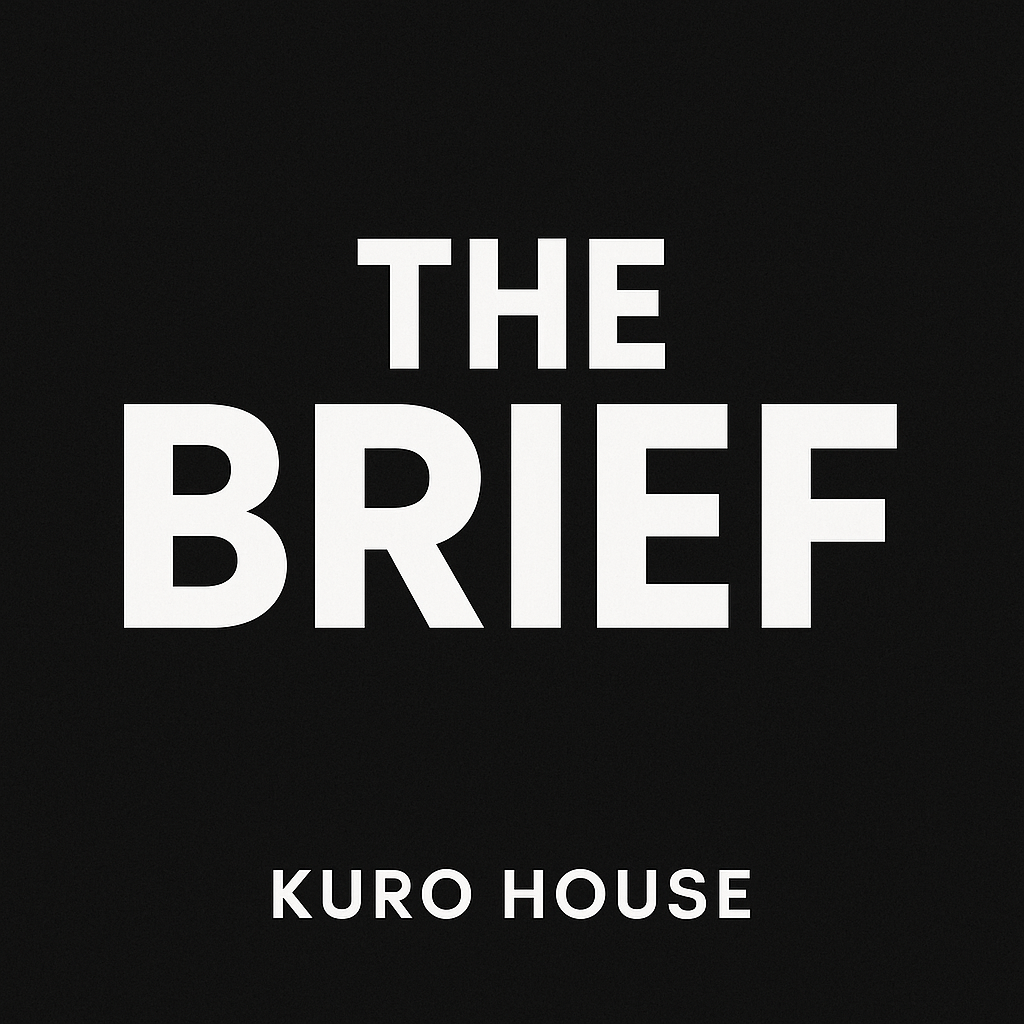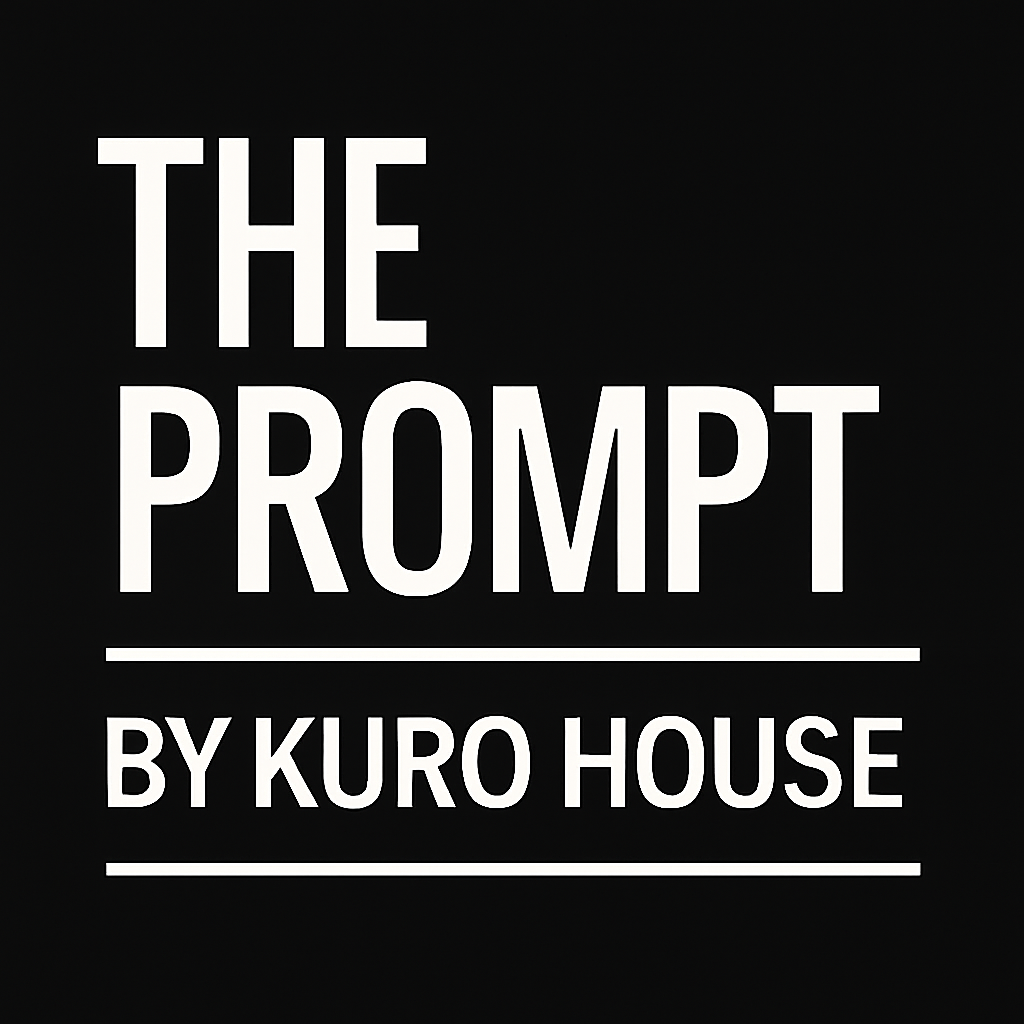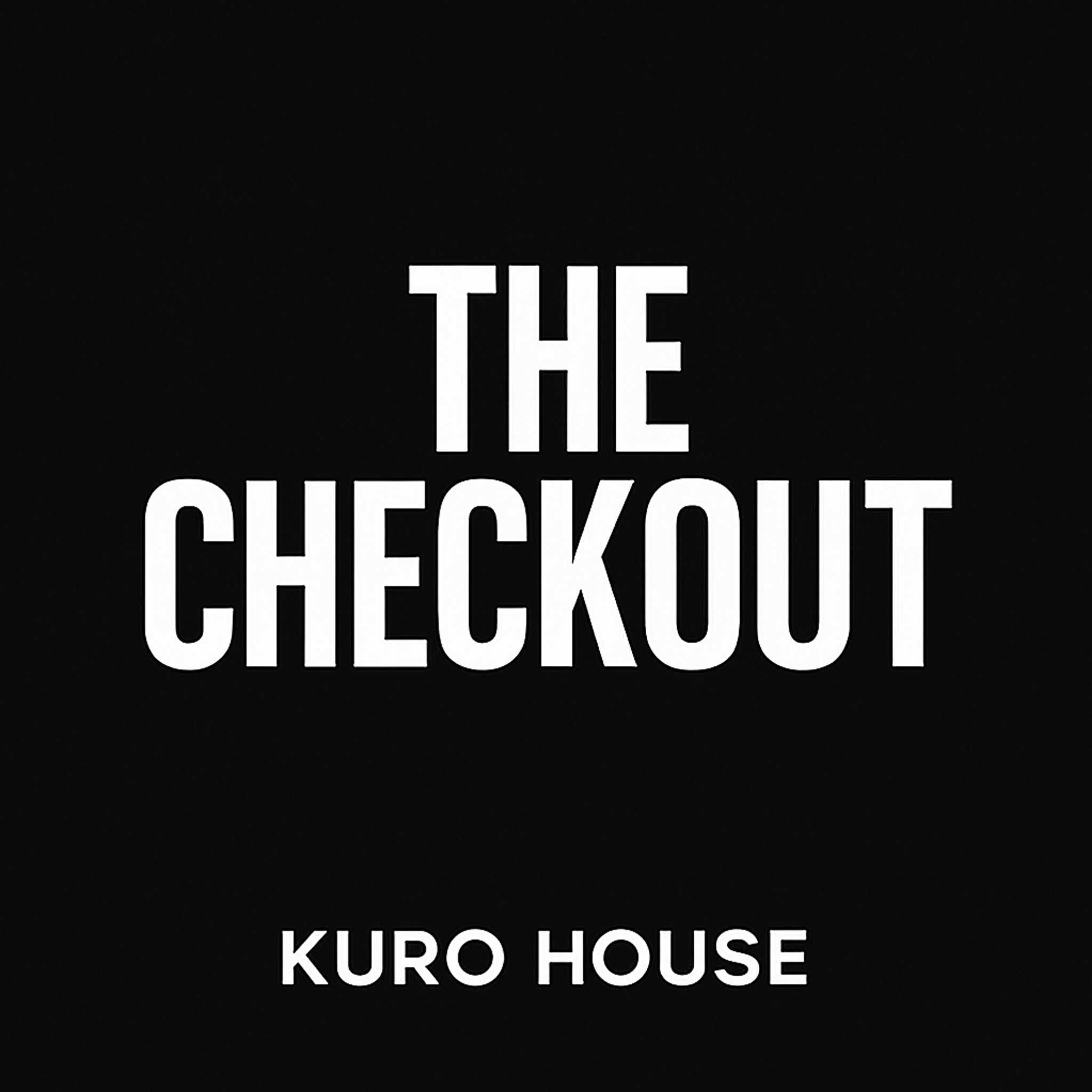Listen To The Show
Transcript
Welcome back to The Brief by Kuro House, where we break down the latest marketing and media moves shaping your world. Whether you’re tuning in on your commute or catching up at your desk, we’re here to keep you sharp with the stories that matter most. Let’s dive into the five most compelling developments from the past 24 hours.
First up, The New York Times is taking a bold step toward global dominance with a new cross-offer initiative alongside French publishing giant Le Monde, as reported by Adweek. Here’s how it works: select subscribers to Le Monde, as well as its sister publications Courrier International and Le Nouvel Obs, are being offered a complimentary one-year digital subscription to The New York Times. This isn’t a blanket partnership—only readers who are highly engaged with international content will see the offer. For Le Monde, which now boasts 665,000 subscribers (with 600,000 digital-only), this is part of an aggressive push to reach a million subscribers by 2025, though it’s likely to fall short. The bundle includes access to NYT’s digital suite—think Cooking, Games, and more—and is designed to complement Le Monde in English, a product made possible by AI-driven translation. For The Times, the deal is a win-win: they receive a share of the revenue and, more importantly, invaluable data on international user engagement—without any customer acquisition costs. This is part of a larger strategy as The Times aims to become “the essential subscription for every curious, English-speaking person seeking to understand and engage with the world.” But with AI translation improving rapidly, the vision could soon expand beyond English speakers. Investors are pushing The Times to embrace AI-driven translation, arguing it could double revenue and profit potential by unlocking massive new audiences. The challenge? Ensuring translation quality and maintaining trust in non-English markets. It’s a fascinating test case for how legacy media can leverage technology and partnerships to stay relevant—and essential—on a global scale.
Meanwhile, in the world of adtech, AppLovin has pulled the plug on its mobile product, Array, amid mounting allegations that it facilitated backdoor app installs without user consent. According to Adweek, Array allowed device makers like Samsung and carriers like T-Mobile to recommend and directly download apps onto user devices. While AppLovin claims it shuttered Array due to economic reasons, former employees and financial disclosures had previously touted it as a top revenue driver. The controversy erupted after ad fraud researcher Ben Edelman uncovered source code suggesting the possibility of autonomous app downloads, including a five-second countdown timer labeled ‘autoInstallDelayMs’. Edelman also compiled over 200 user complaints about unwanted app installs, though he couldn’t reproduce the issue himself. AppLovin vehemently denies the allegations, stating that all downloads require explicit user consent and that their ads only redirect to app stores. T-Mobile echoed this, clarifying that a pilot program involving Array had ended and did not involve non-consensual installs. Still, the SEC is reportedly investigating AppLovin’s data practices and alleged contractual breaches. Despite the storm, AppLovin’s stock is up 75% this year, underscoring the complexity of trust and transparency in the high-stakes world of mobile advertising.
Turning to the broadcast news arena, NBC News is undergoing a significant shakeup, as detailed by Adweek’s TVNewser. The network is laying off around 150 staffers—about 7% of its operations—as it completes the separation of MSNBC and CNBC from its news operations. The move follows an earlier round of layoffs this year and is attributed both to the organizational split and broader economic pressures in the media industry. MSNBC and CNBC began operating independently from NBC News in early October, with only their D.C. bureaus still linked for now. MSNBC is also relocating from its iconic 30 Rock headquarters to a new space, coinciding with a rebrand to “MS NOW” and dropping the familiar Peacock logo. NBC News is offering severance, 60 days’ notice, and outplacement services to affected employees, and encouraging them to apply for other open positions within the company. The layoffs are part of a wider strategy that includes launching a new subscription product and expanding its Sports Hub. It’s a clear sign of the shifting sands in broadcast news, where brands are reconfiguring to meet the demands of a rapidly changing media landscape.
Speaking of broadcast, let’s talk ratings. ABC’s Good Morning America has reclaimed its spot as the most-watched morning show, according to the latest Nielsen data reported by Adweek. For the week of October 6, GMA averaged 2.781 million total viewers, edging out NBC’s Today, which drew 2.635 million. In the coveted adults 25-54 demographic, Today still leads by a margin of 67,000 viewers, but that gap is narrowing—last week the difference was 76,000. GMA saw a 4% jump in total viewers and a 6% increase in the demo compared to the previous week, while Today slipped 2% in total viewers but gained 3% in the demo. CBS Mornings remained steady in total viewers but improved 6% in the demo. Over the past year, all three shows have seen declines, especially in the key demo, highlighting broader challenges in morning TV as viewing habits continue to fragment. These numbers are more than just bragging rights—they shape advertising strategies and network priorities for the year ahead.
And finally, let’s zoom out to the global brand stage. Apple remains the world’s most valuable brand for the 13th consecutive year, according to Interbrand’s annual Best Global Brands ranking, as covered by Adweek. The total value of the top 100 brands has risen to $3.6 trillion, reflecting a 4.4% year-over-year increase. Microsoft, Amazon, Google, and Samsung round out the top five. The big story, though, is Nvidia’s meteoric rise: the AI chipmaker’s brand value jumped an unprecedented 116% to $43.2 billion, vaulting it from 36th to 15th place. Interbrand credits Nvidia’s dominance in the AI hardware ecosystem and stellar product marketing, but warns that long-term brand storytelling is now crucial for sustaining this growth. Other notable shifts include Instagram entering the top 10 for the first time after a 27% value boost, while Nike and Tesla suffered significant drops, down 26% and 35% in value respectively. Interestingly, despite heavy ad campaigns, consumer-facing AI brands like OpenAI and Anthropic didn’t make the list. The rankings are a snapshot of shifting market dynamics, where tech and AI are rapidly redrawing the map.
That’s all for today’s edition of The Brief by Kuro House. From media giants redefining their global reach to tech upstarts shaking up the brand hierarchy, it’s clear the only constant in our industry is change. Thanks for joining us—stay curious, stay sharp, and we’ll see you tomorrow with more stories that keep you ahead of the curve.


